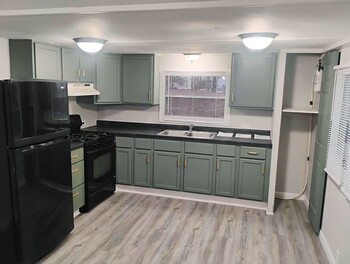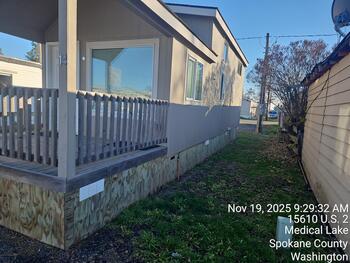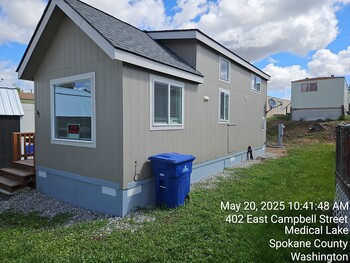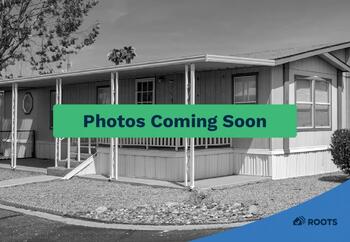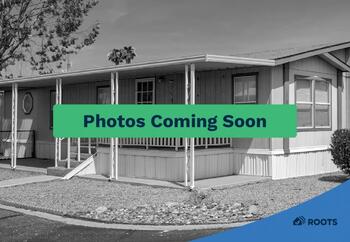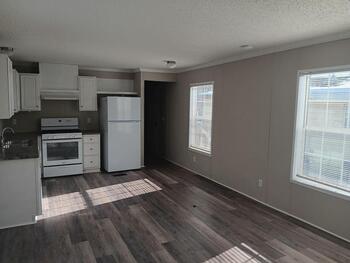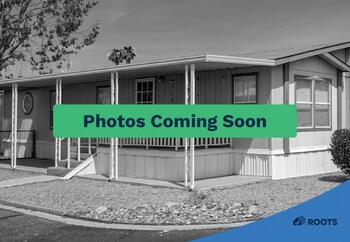HUD Code for Manufactured Homes: Everything You Need to Know to Get Started
Article Featured
When stepping into the manufactured home market, the term "HUD Code" might sound unfamiliar. Is it related to the same HUD that oversees fair housing and national housing policies?
Yes, it is. The U.S. Department of Housing and Urban Development (HUD) enforces the HUD Code—a federal law that establishes construction and safety standards for manufactured homes across the country.
In this guide, we’ll break down everything you need to know about the HUD Code and how it impacts manufactured homes, giving you the knowledge you need to navigate this market confidently.
What is the HUD Code?
The HUD Code, formally known as the Federal Manufactured Home Construction and Safety Standards (FMHCSS), was introduced in 1974. Its purpose is to ensure consistent safety, quality, and durability standards for manufactured homes.
Before the HUD Code, state and local governments regulated mobile homes, leading to inconsistent and often subpar quality. The HUD Code established uniform standards that all manufactured homes must meet, creating a reliable benchmark for construction and safety.
Why is the HUD Code Important?
The HUD Code is essential for maintaining the quality and safety of manufactured homes. Here’s why:
- Standardized Guidelines: All manufactured homes must meet fire safety, energy efficiency, and structural integrity standards before being sold or installed.
- Improved Safety: The Code mandates features like smoke detectors, fire-resistant materials, and proper anchoring systems to ensure safety in various conditions.
- Enhanced Quality: Strict guidelines for materials and construction processes result in durable and reliable homes for buyers.
How Manufactured Home Construction Evolved
Before the HUD Code, mobile homes were often perceived as low-quality dwellings due to inconsistent regulations. Many lacked proper fire resistance, structural soundness, or energy efficiency.
After the HUD Code’s implementation, manufactured homes saw significant improvements, including:
- Durability: Homes became sturdier with stricter building requirements.
- Safety Features: Fire safety and weather resistance measures were standardized.
- Third-Party Inspections: Inspectors now ensure compliance with HUD standards before homes are placed on-site.
Manufactured Homes vs Site-Built Homes
A key difference between manufactured and site-built homes is how they’re constructed and regulated.
- Manufactured Homes: Built in a factory and transported to their final site, these homes must meet HUD Code standards.
- Site-Built Homes: Constructed on-site, these homes are regulated by local building codes rather than federal guidelines.
Key Aspects of the HUD Code
- Energy Efficiency:
Manufactured homes must meet insulation and ventilation standards for energy efficiency. This reduces utility costs and ensures comfort in all climates. - Fire Safety:
The HUD Code requires flame-retardant materials, smoke detectors, and fire alarms to safeguard residents. - Transportability:
Homes must be constructed with steel frames and other features to allow safe transport. The HUD Code ensures durability during the moving process. - Design Standards:
From floor plans to anchoring systems, the HUD Code enforces design standards that improve structural integrity and safety after installation.
Regional Considerations for Manufactured Homes
Manufacturers must adapt homes to regional conditions while adhering to the HUD Code. Key regional factors include:
- Wind Zones: Homes in hurricane-prone areas must meet specific wind resistance standards.
- Snow Loads: Roofs must support heavy snow in colder regions.
- Seismic Ratings: Homes in earthquake-prone areas require additional safety measures.
- Thermal Zones: Insulation requirements vary by climate to ensure year-round comfort.
What to Look for in a Manufactured Home
One critical feature to check is the HUD label, also known as the HUD tag.
This label, affixed to the home’s exterior, includes vital information such as:
- Manufacturer’s name
- Serial number
- Date of manufacture
- Wind zone and thermal zone ratings
The HUD label serves as proof that the home meets federal standards, ensuring it’s safe, durable, and legally compliant for placement on a site.
Post-HUD Code: Modern Manufactured Homes
Thanks to the HUD Code, modern manufactured homes have transformed into high-quality, affordable housing options. They now compete with site-built homes in safety, design, and comfort.
For potential buyers, federal regulations provide peace of mind, guaranteeing that homes meet stringent quality standards. Whether you’re considering buying a manufactured home for personal use or investment, knowing these guidelines ensures a more informed decision.
Ready to Explore Manufactured Homes?
If you're considering investing in manufactured homes, take the next step:
- Check out mobile home parks for sale and mobile home parks for rent for affordable and secure investment opportunities.
- Learn from experts through the Virtual Mobile Home Park Investors Boot Camp.
- Discover financing options at mobile home park financing to support your investment goals.
With these resources and a clear understanding of the HUD Code, you’re well-equipped to dive into the world of manufactured homes confidently.
Related Content
HUDHUD Tag
Why a Mobile Home Is a Decent Option for Housing




